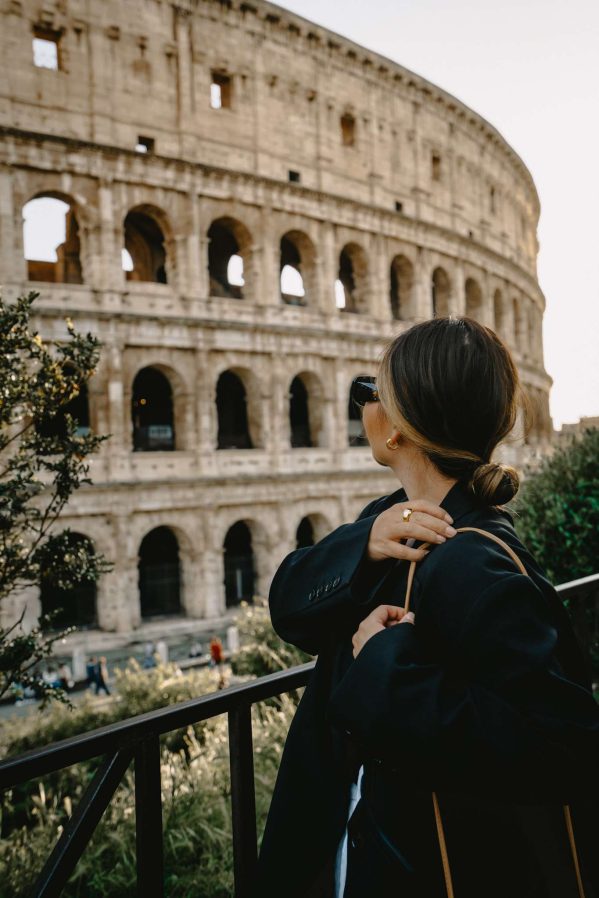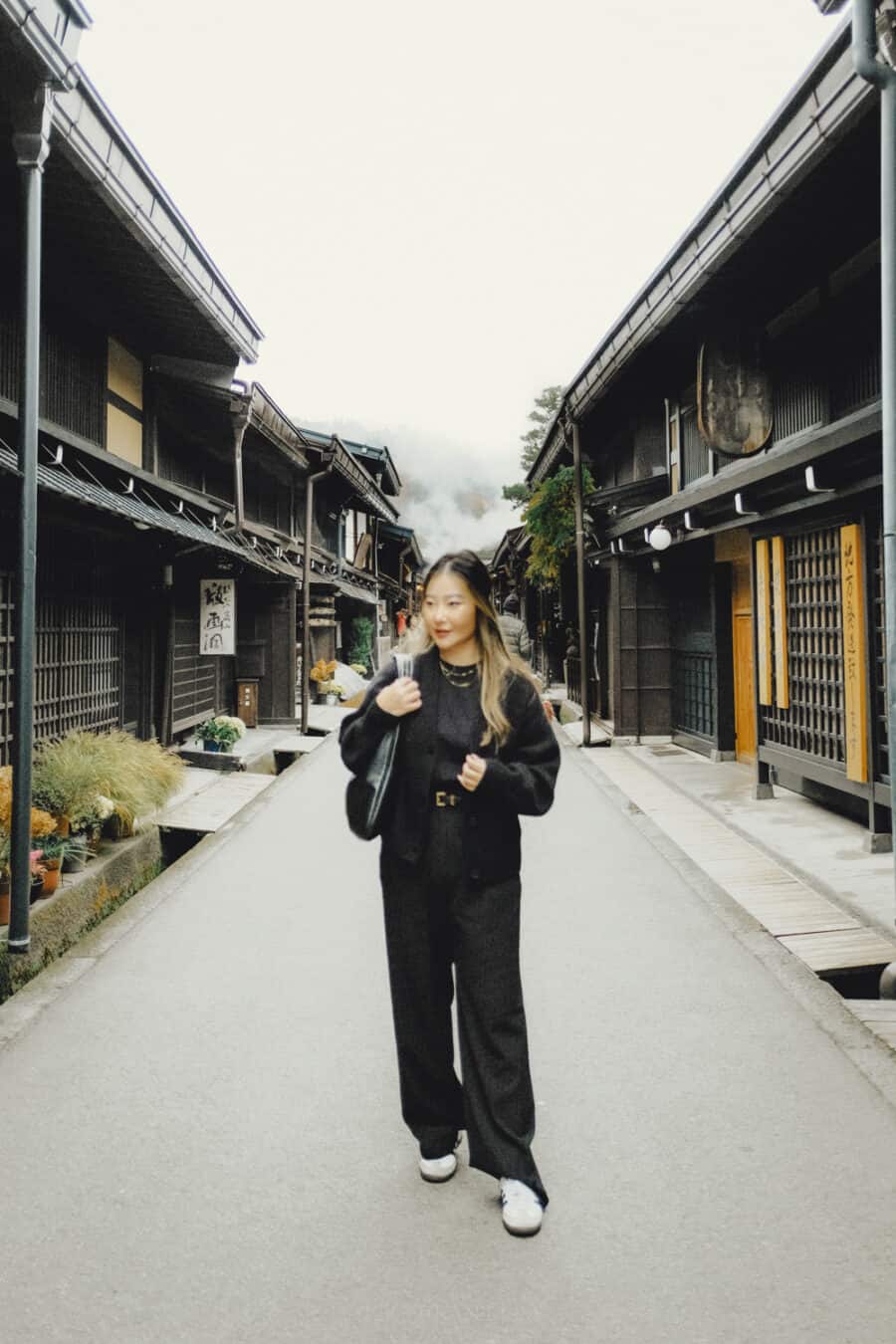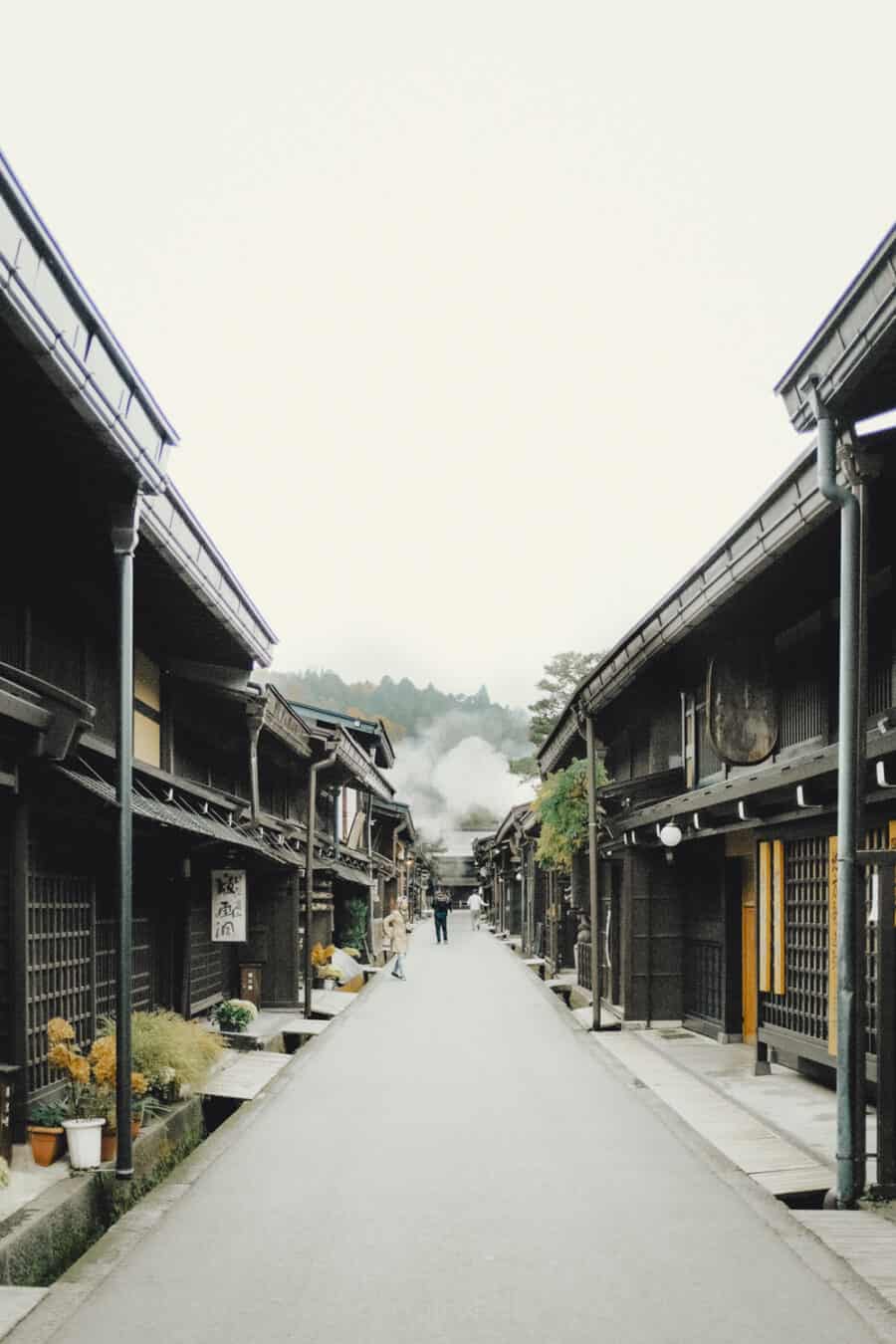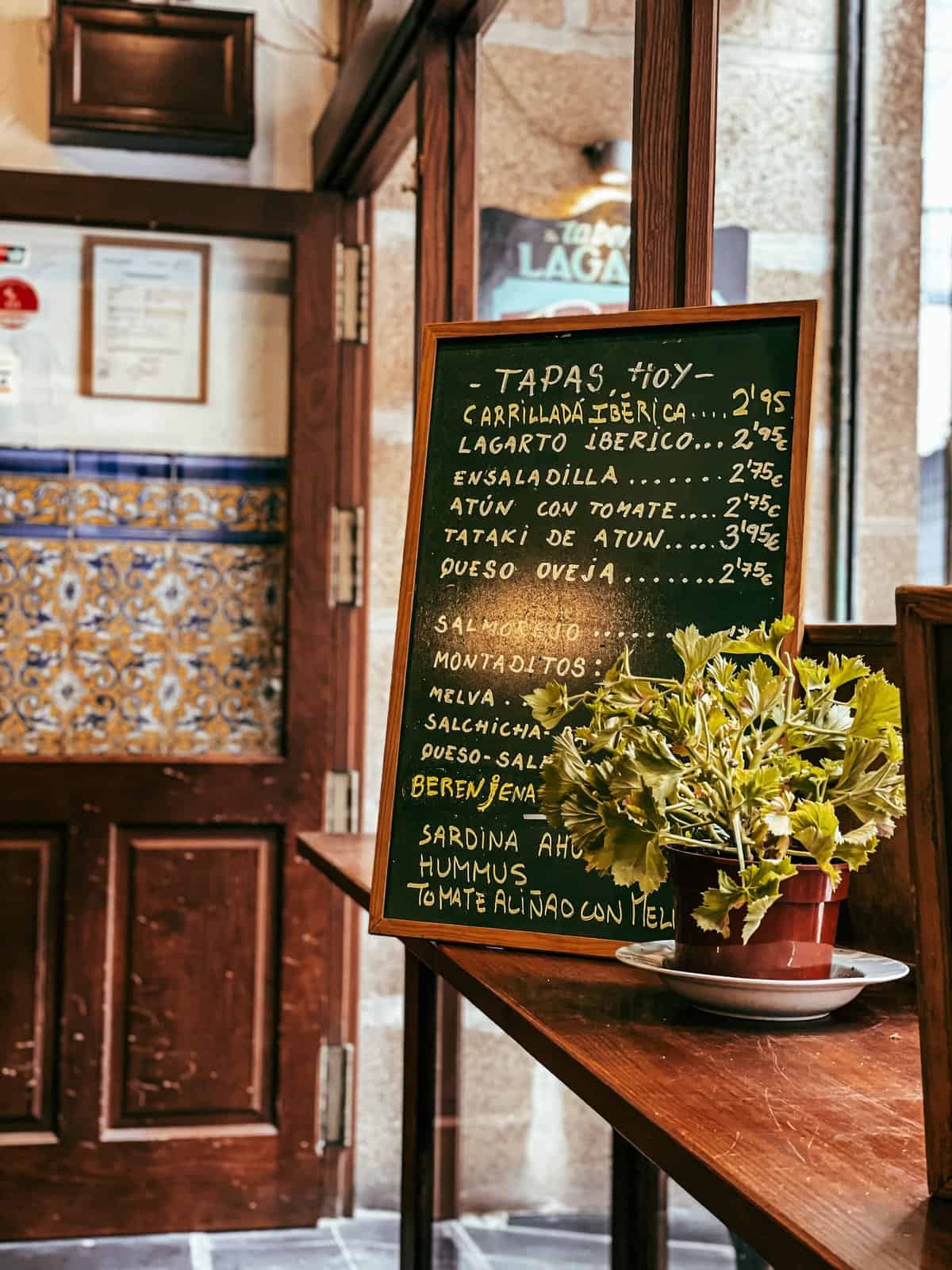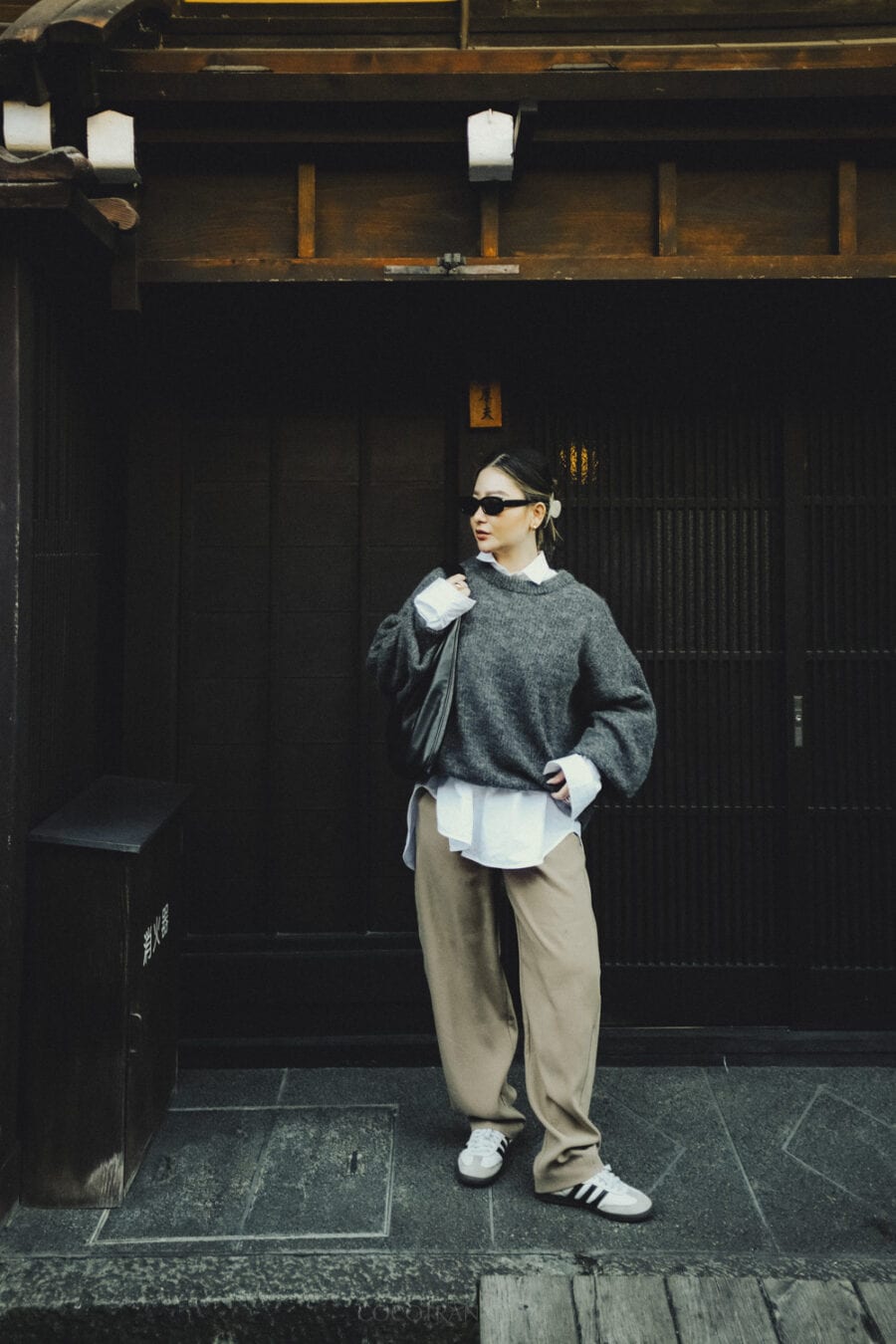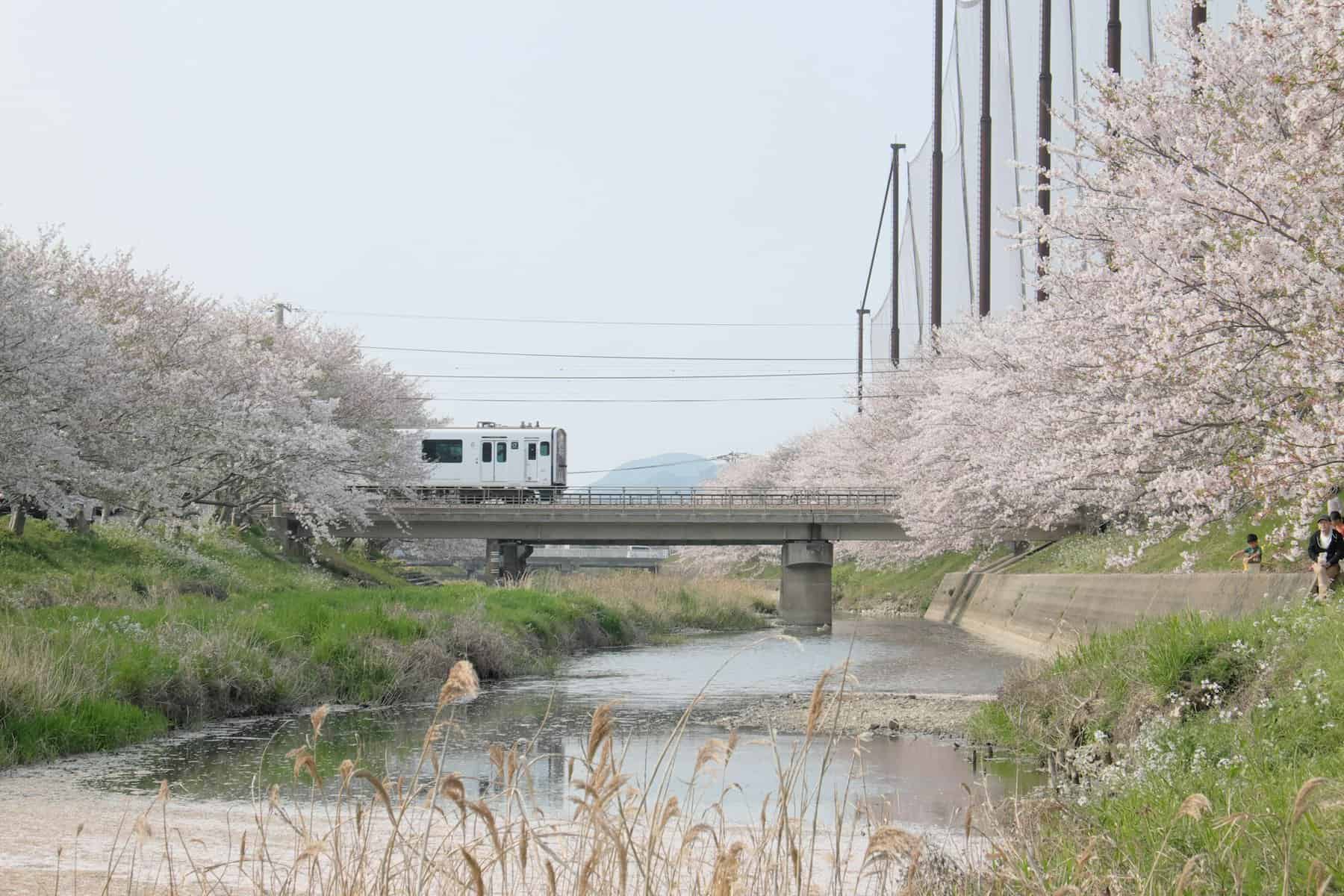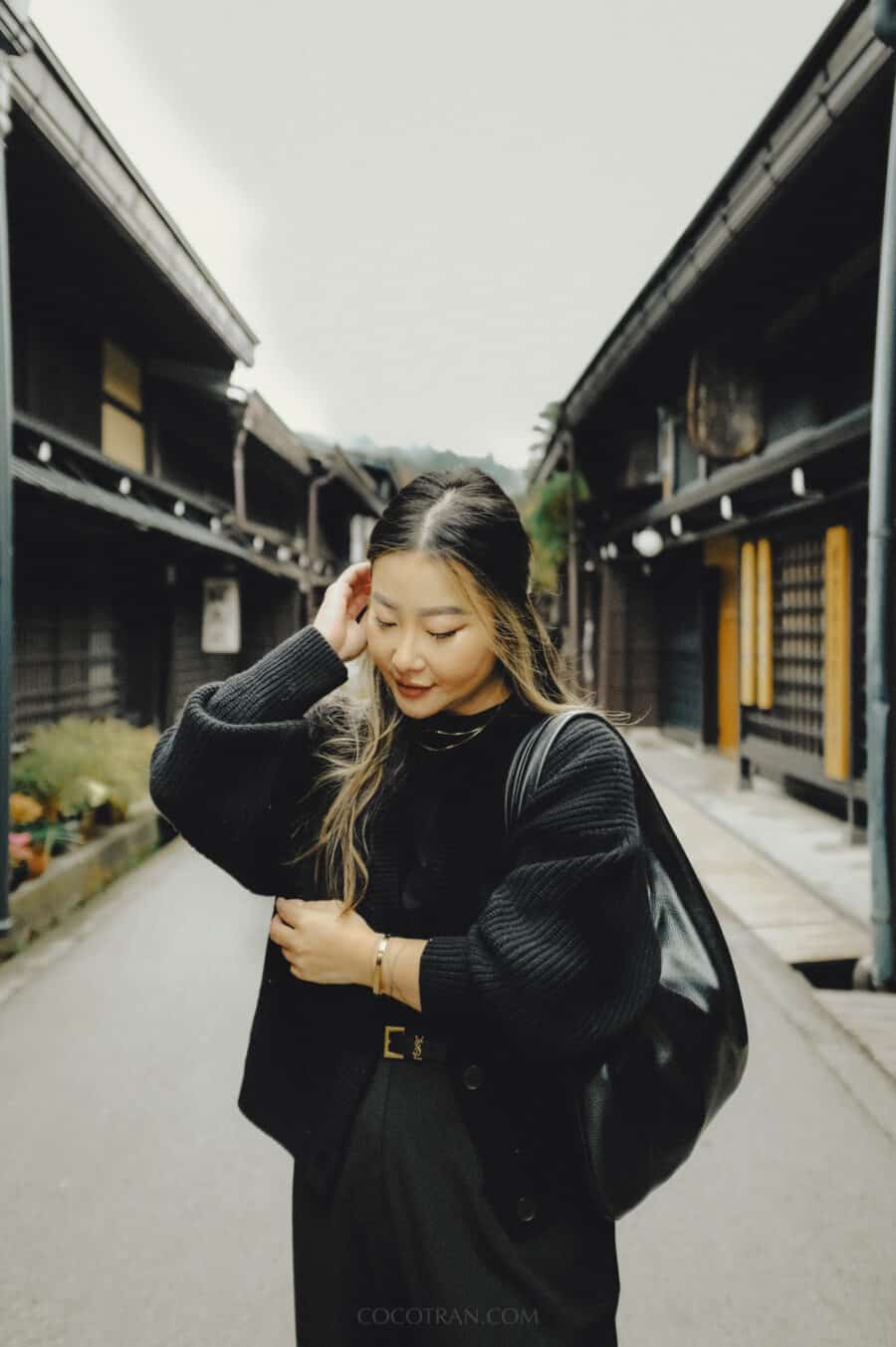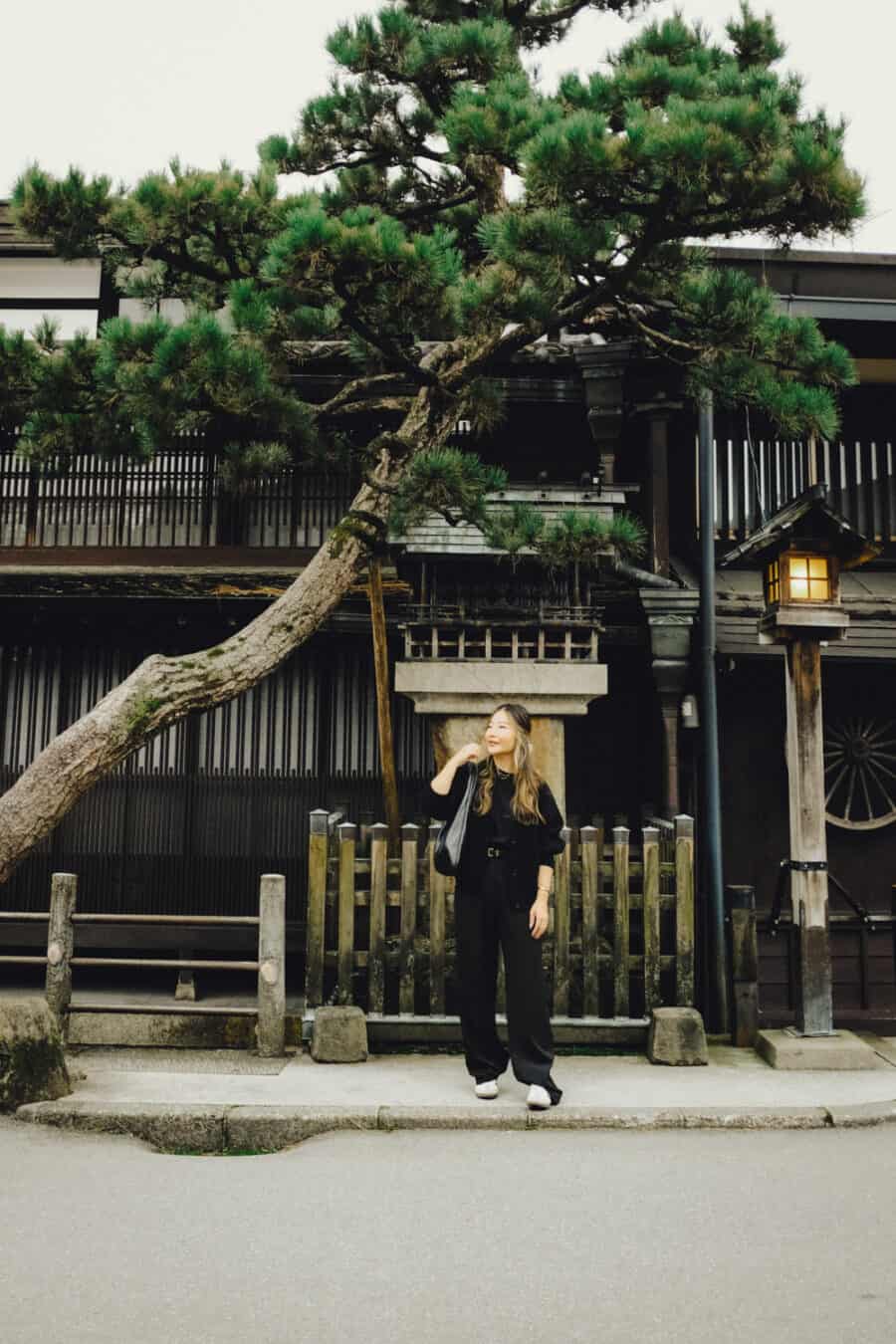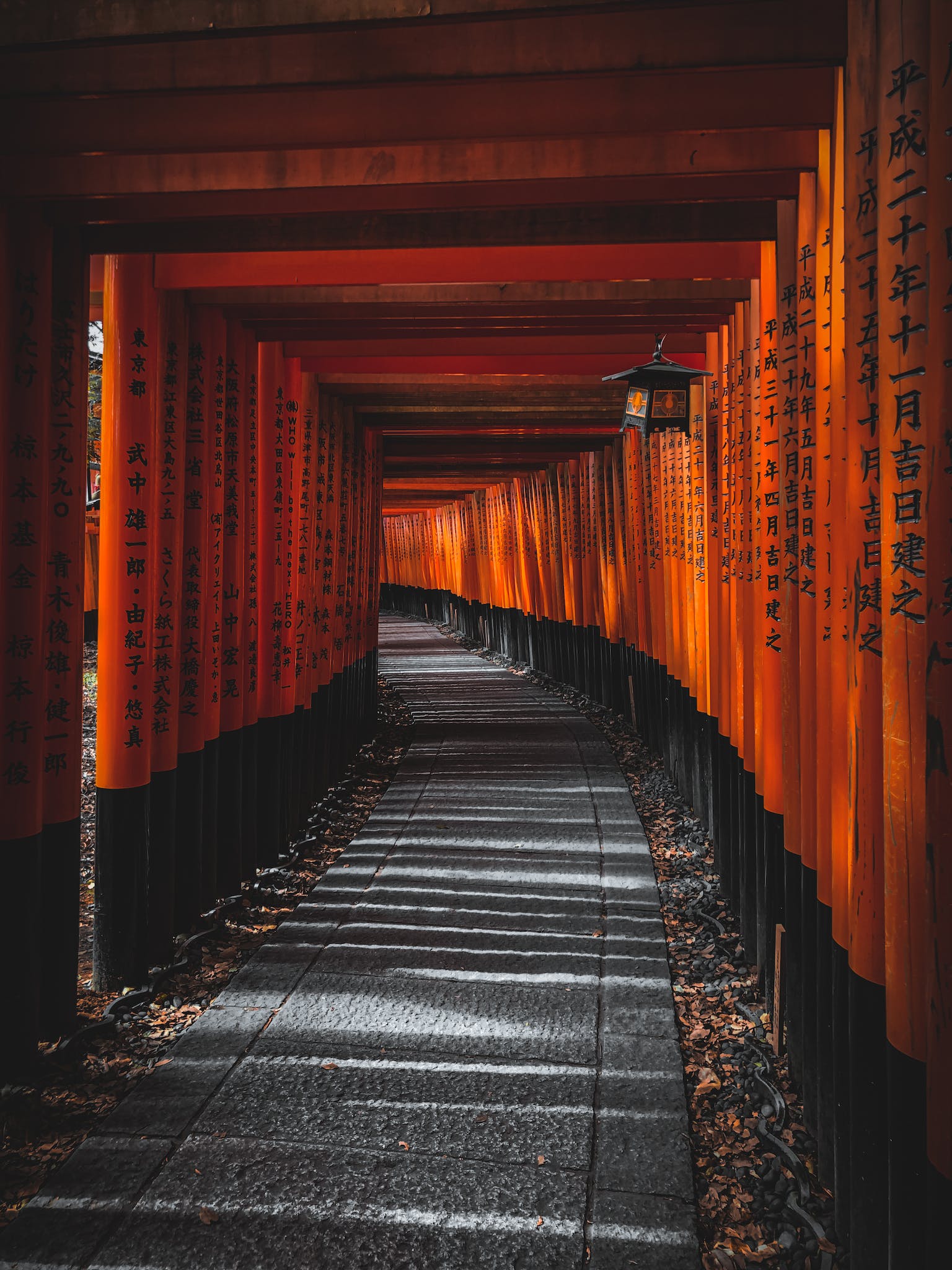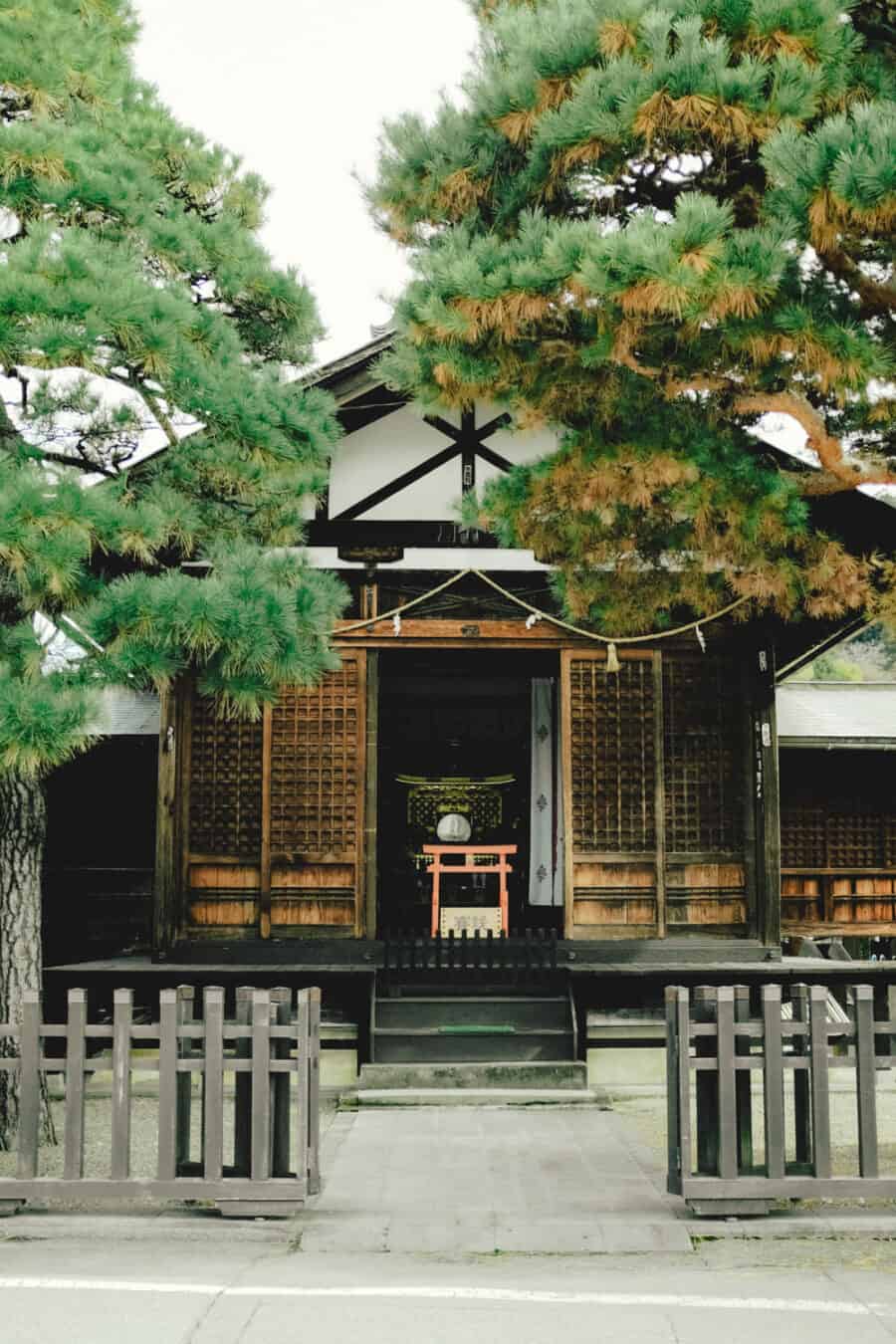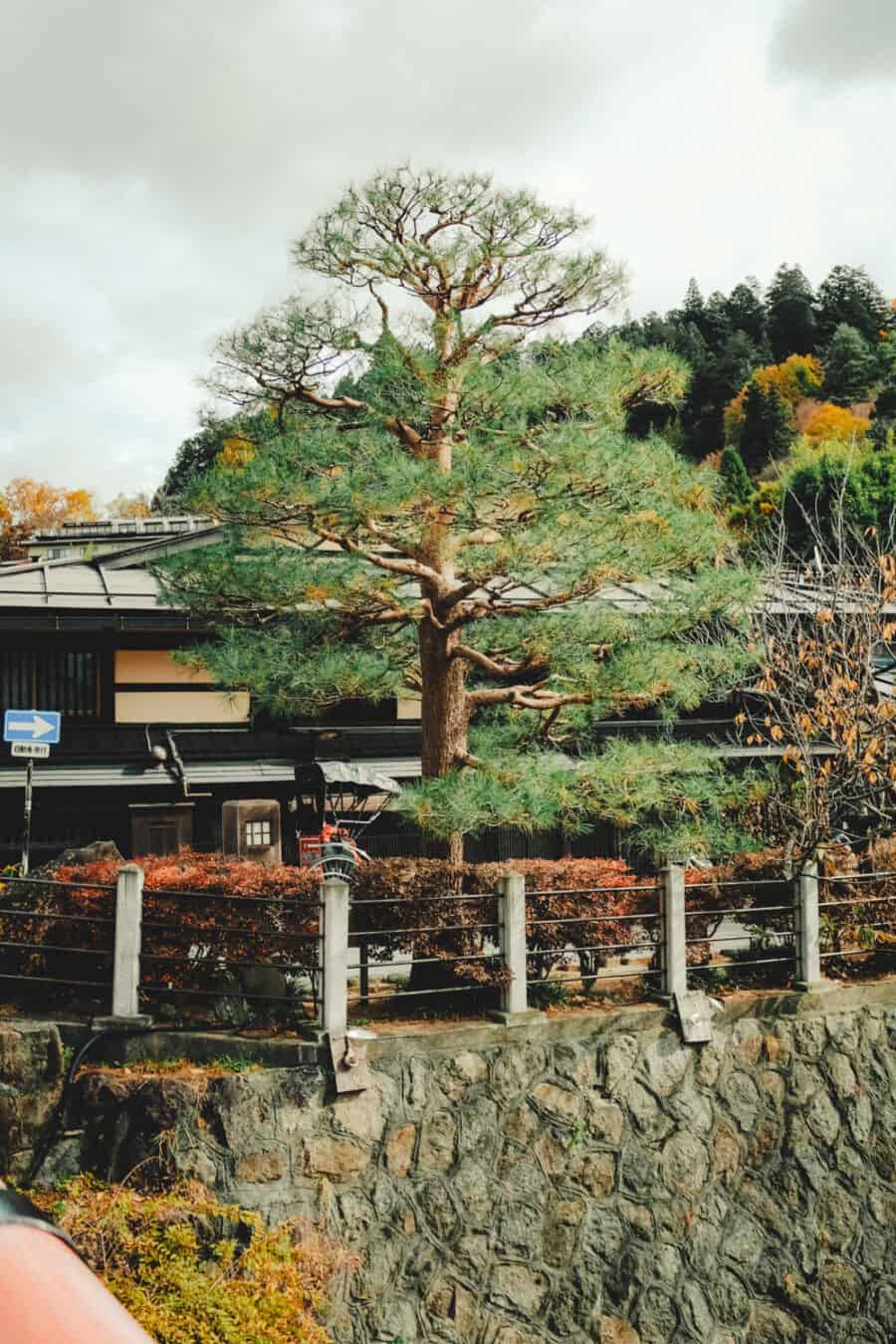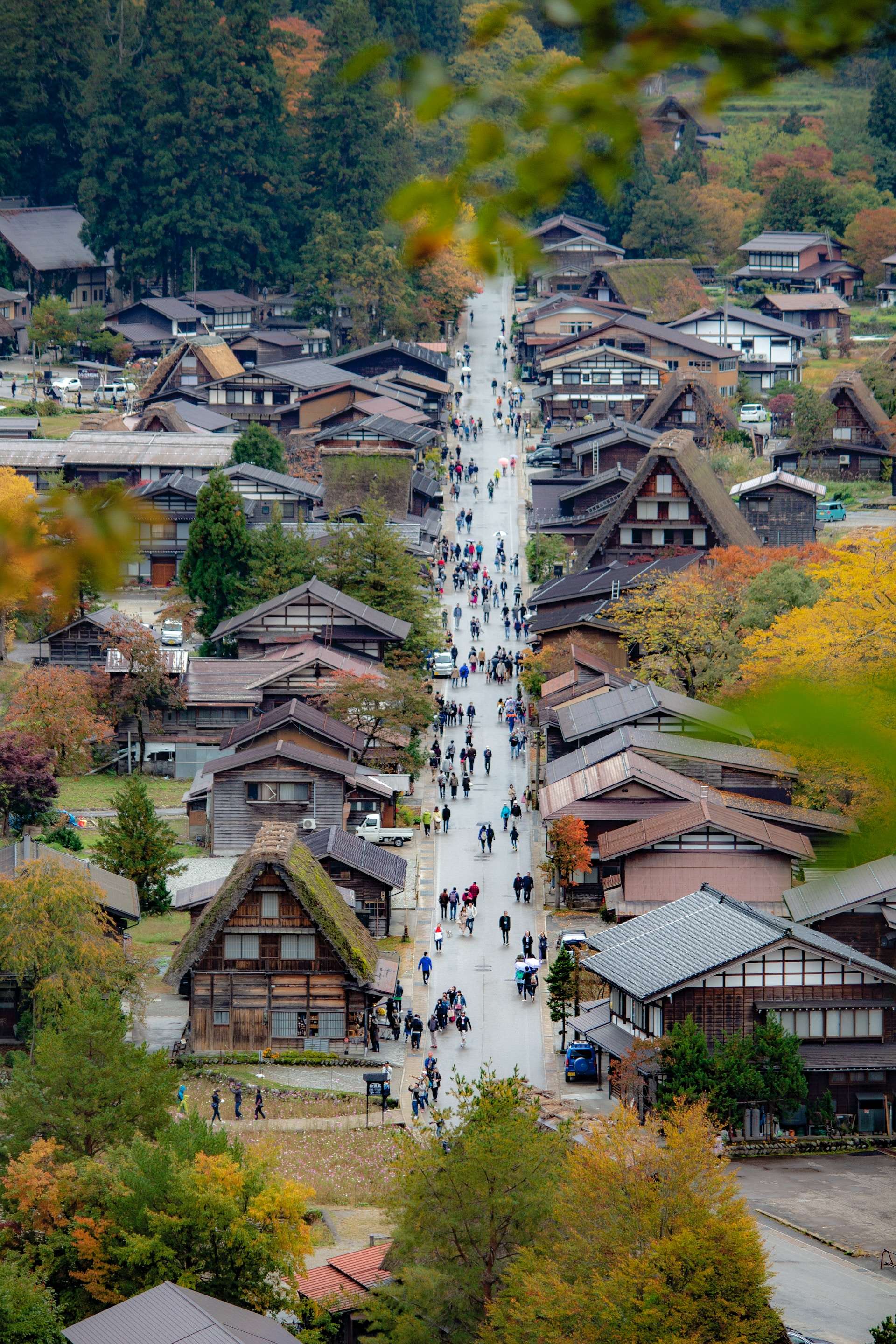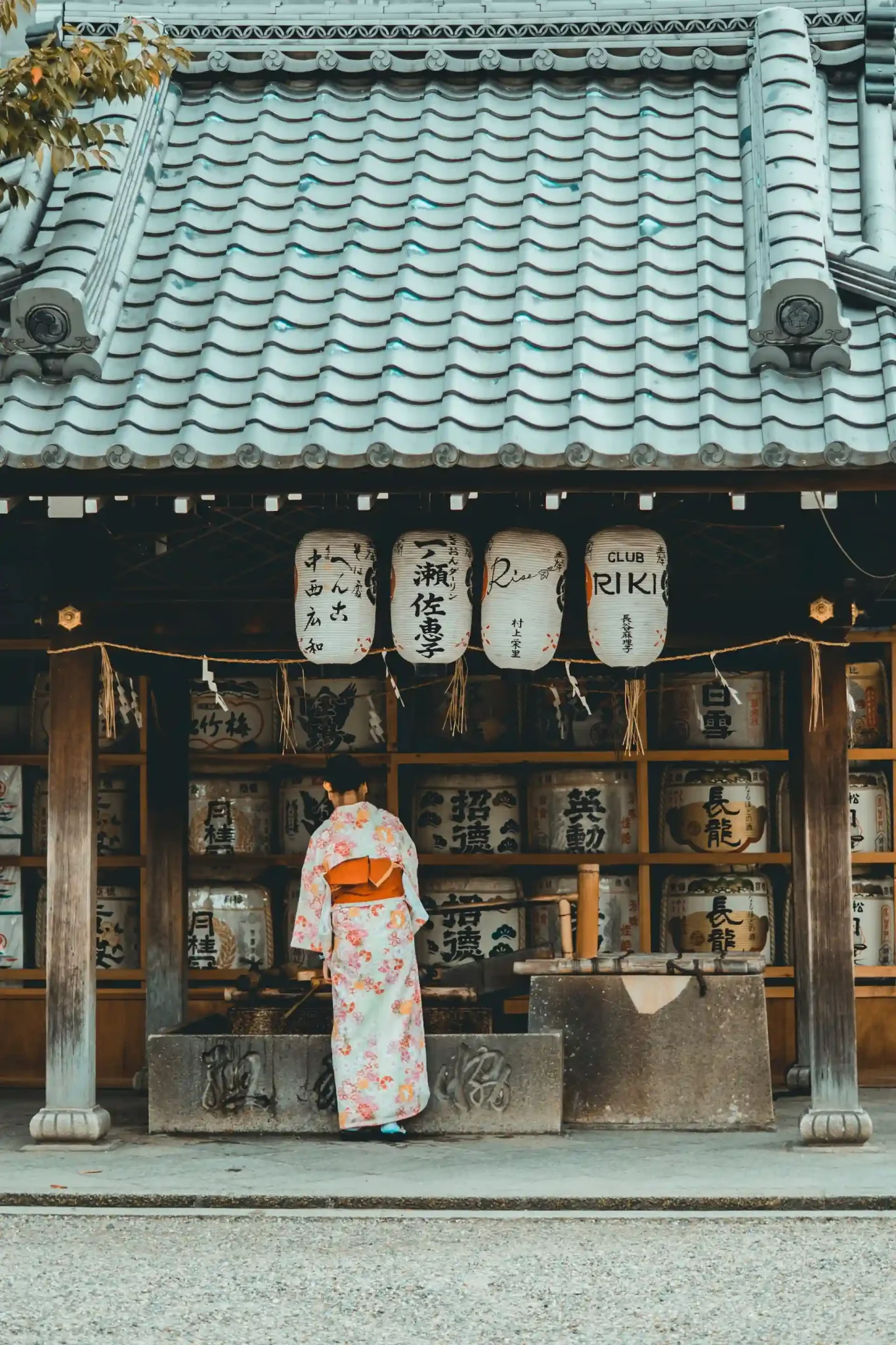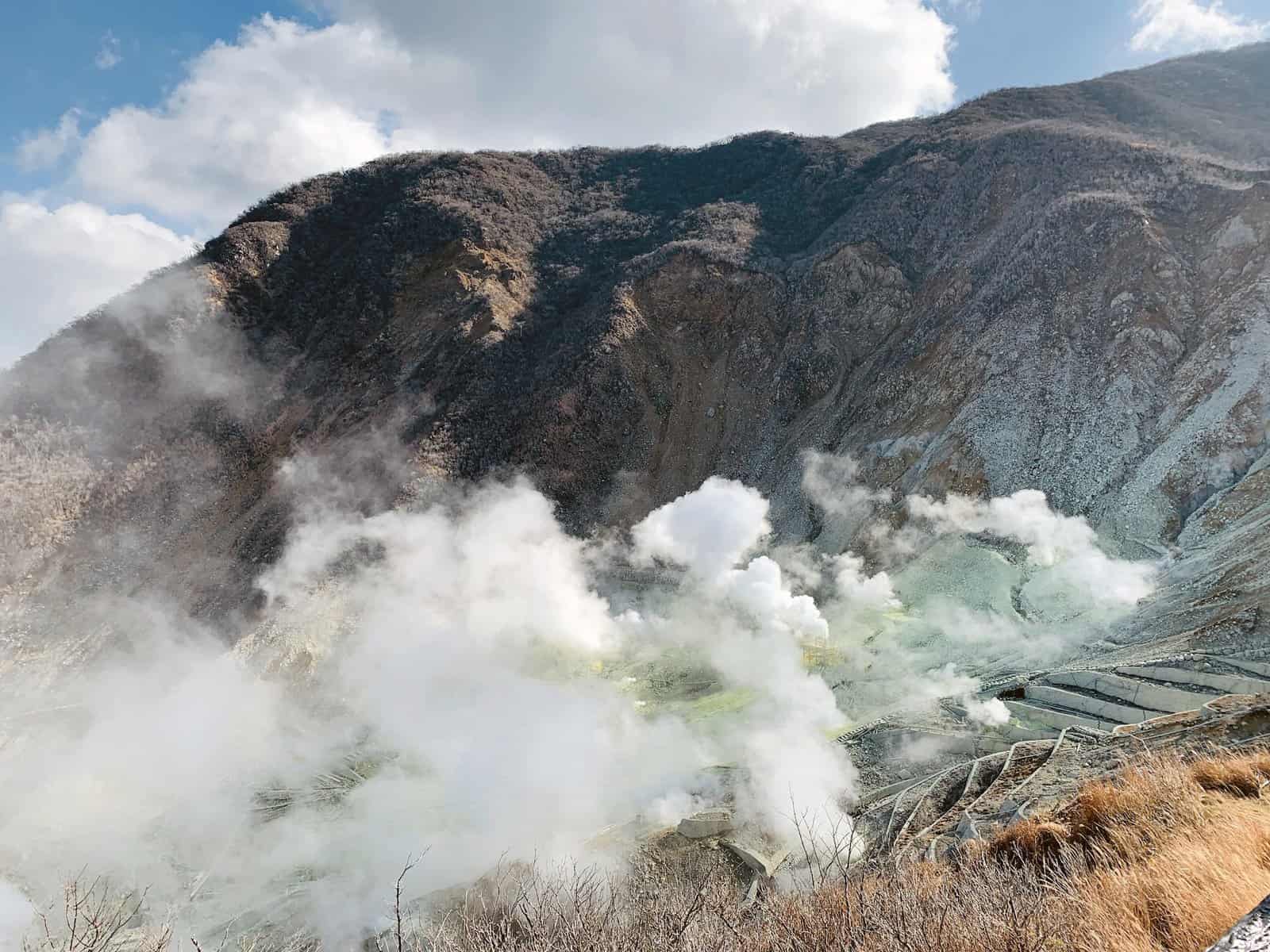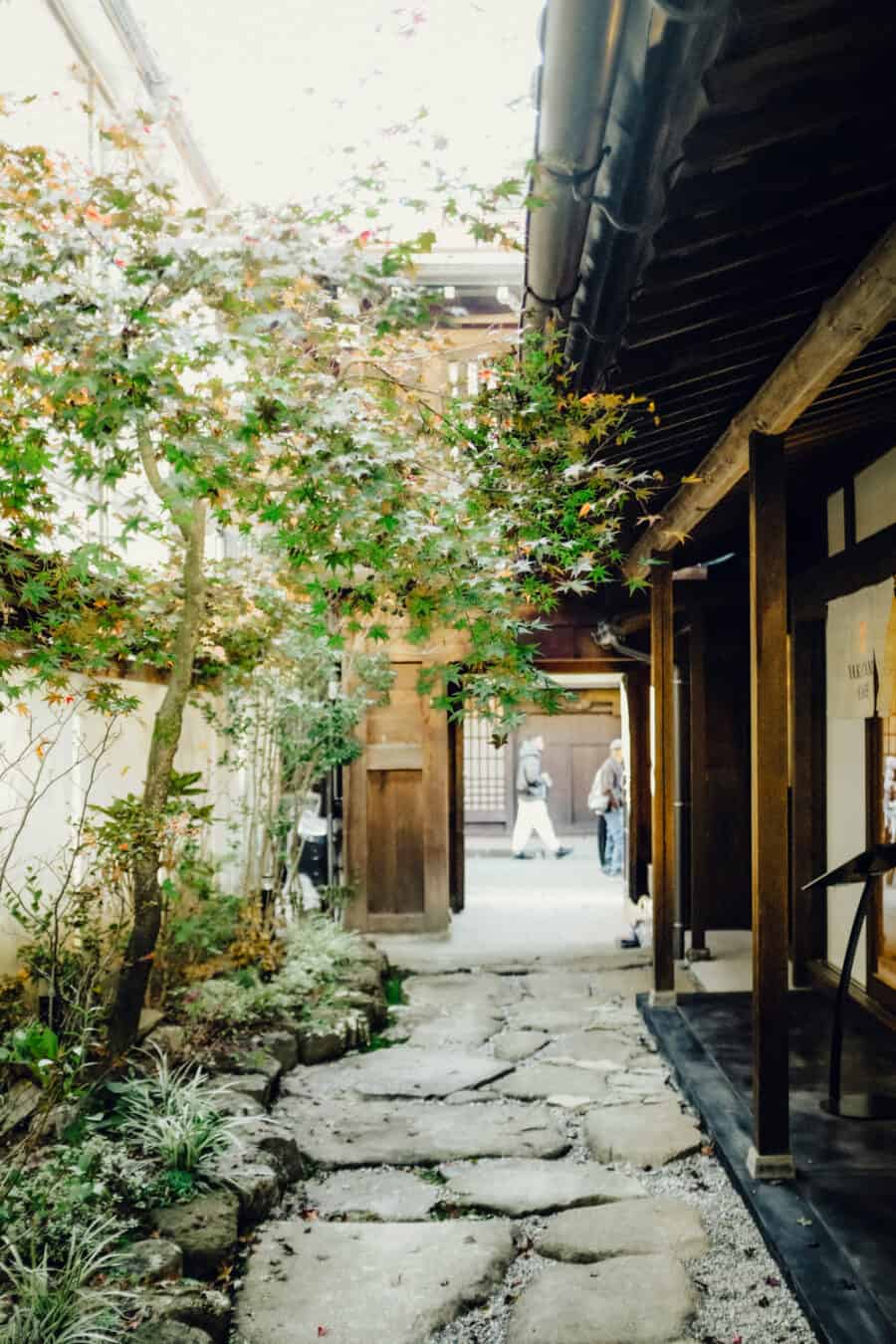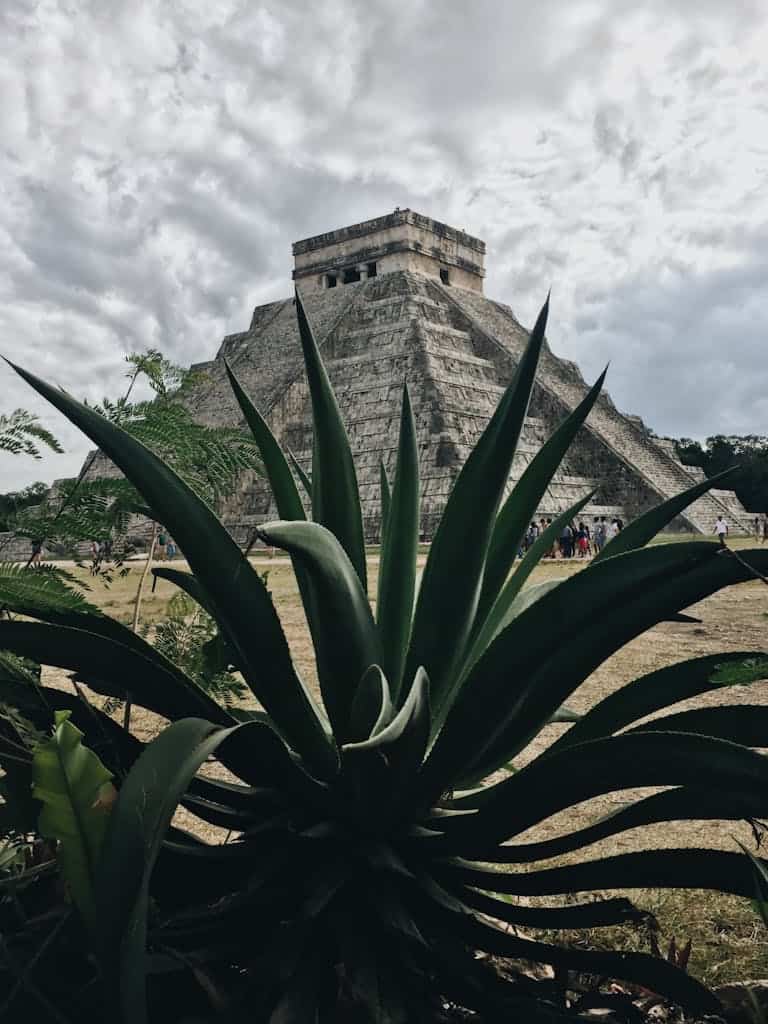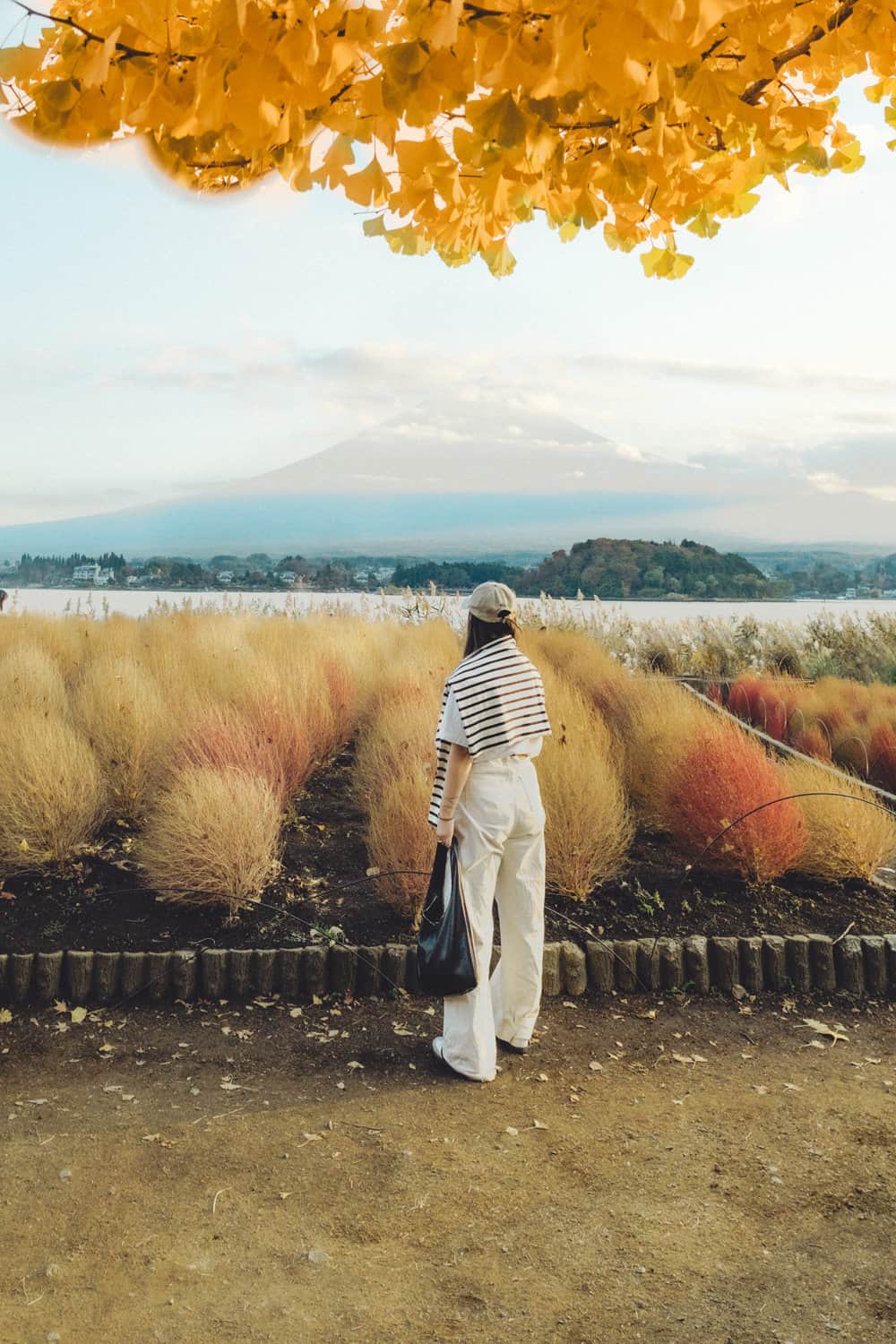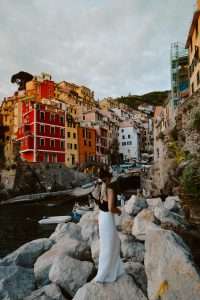The Ultimate Guide to visiting the traditional Old Town Takayama
Step onto the scenic streets of Takayama’s Old Town districts and you’ll feel as though you’ve entered a time machine transporting you back over 300 years.
As you explore the wonderfully preserved lanes, temples, shrines, markets, museums, cafes, sake breweries, and farms, the past comes alive through exquisite architecture, enduring traditions, delectable cuisine, and small-town charms.
Don’t have time to read the full article?
Book Takayama 1 Day Tour and see all the highlights— a convenient and comfortable experience with a near-perfect 5 Star rating.
The Ultimate Guide to visiting the traditional Old Town Takayama
From getting lost amidst ancient urban beauty to tasting signature drinks perfected over centuries, Old Town Takayama offers you endless opportunities to reconnect with historic Japan.
READY TO BOOK YOUR TRIP?
Best Travel Resources to plan your trip
more helpful travel resources
*This site contains product affiliate links, and I may get a commission, which costs you nothing extra. Thanks for your support
After spending several days soaking up nostalgic sights and scenes, I can say an Old Town Takayama immersion feels like a simultaneously peaceful yet lively cultural experience. Read on for everything you need to know to fully embrace the magic of Takayama’s living history museum
No time to read it all? Here are the highlights:
Top Sights in Takayama
- Wander beautifully preserved Edo-era merchant streets
- Savor Hida regional cuisine at local Takayama restaurants
- Sample award-winning sake at centuries-old breweries
- See intricate festival floats at museums
- Take day trips to cultural villages like Shirakawago

Top Things To Do in Takayama: takayama japan guide
- Explore museums and historic homes
- Shop morning markets brimming with handicrafts
- Relax at an onsen hot spring resort in Takayama mountains
- Hike in the nearby Japan Alps
- Attend an autumn or spring festival
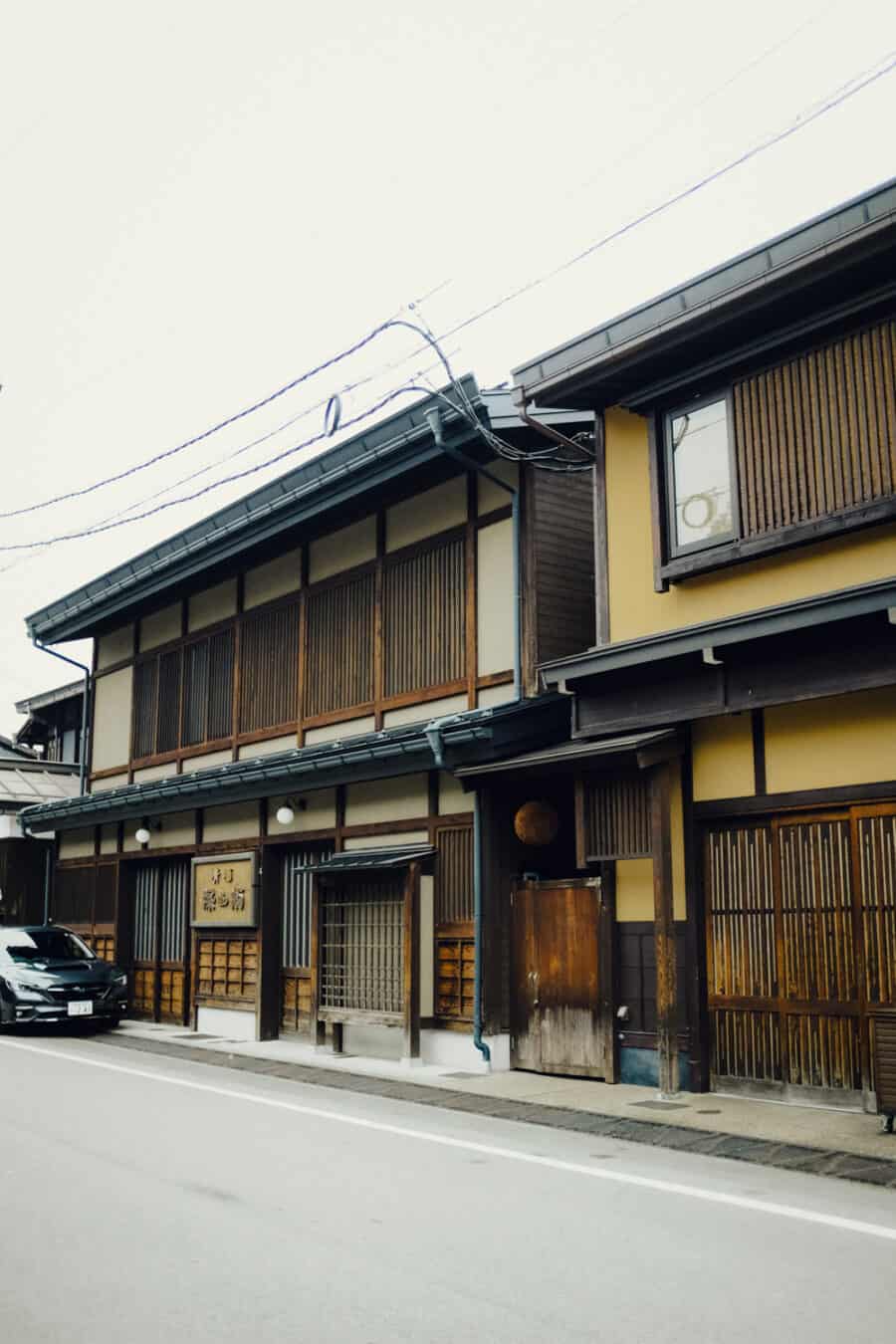
Handy Tips to visiting Takayama
- Purchase a reasonably priced Takayama regional bus pass
- Book hotels & Ryoakans in Takayama early especially during popular festivals
- Have currency changed for small food market purchases
- Bring easily layered clothing to account for variable weather
Keep reading for further details on savoring Old Town Takayama’s rich cultural offerings!
In This Article: Table of Contents
some links may be affiliate links. If you purchase using the link I may get a small commission which costs you nothing extra.

takayama old town map
here’s a map of Takayama old town so you can familiarize yourself with the location
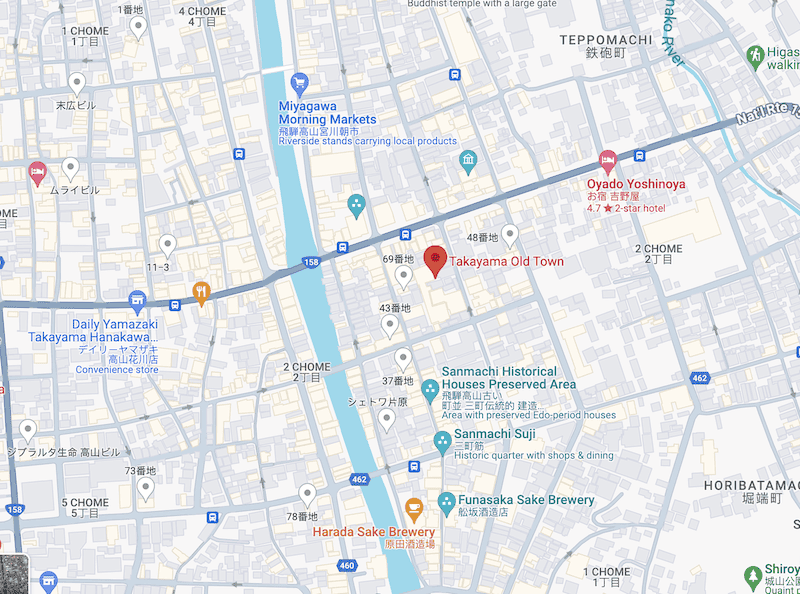
takayama station to takayama old town: Getting from Takayama Station to Old Town
First, here are some details on getting from Takayama Station to Takayama’s Old Town:
Book a Private Transfer to Takayama with a driver with or without a tour
The journey to Takayama is a long one. I recommend you book a private transfer with a driver to take in all the sights in the comfort of a car and a private guide. Book this private transfer here.
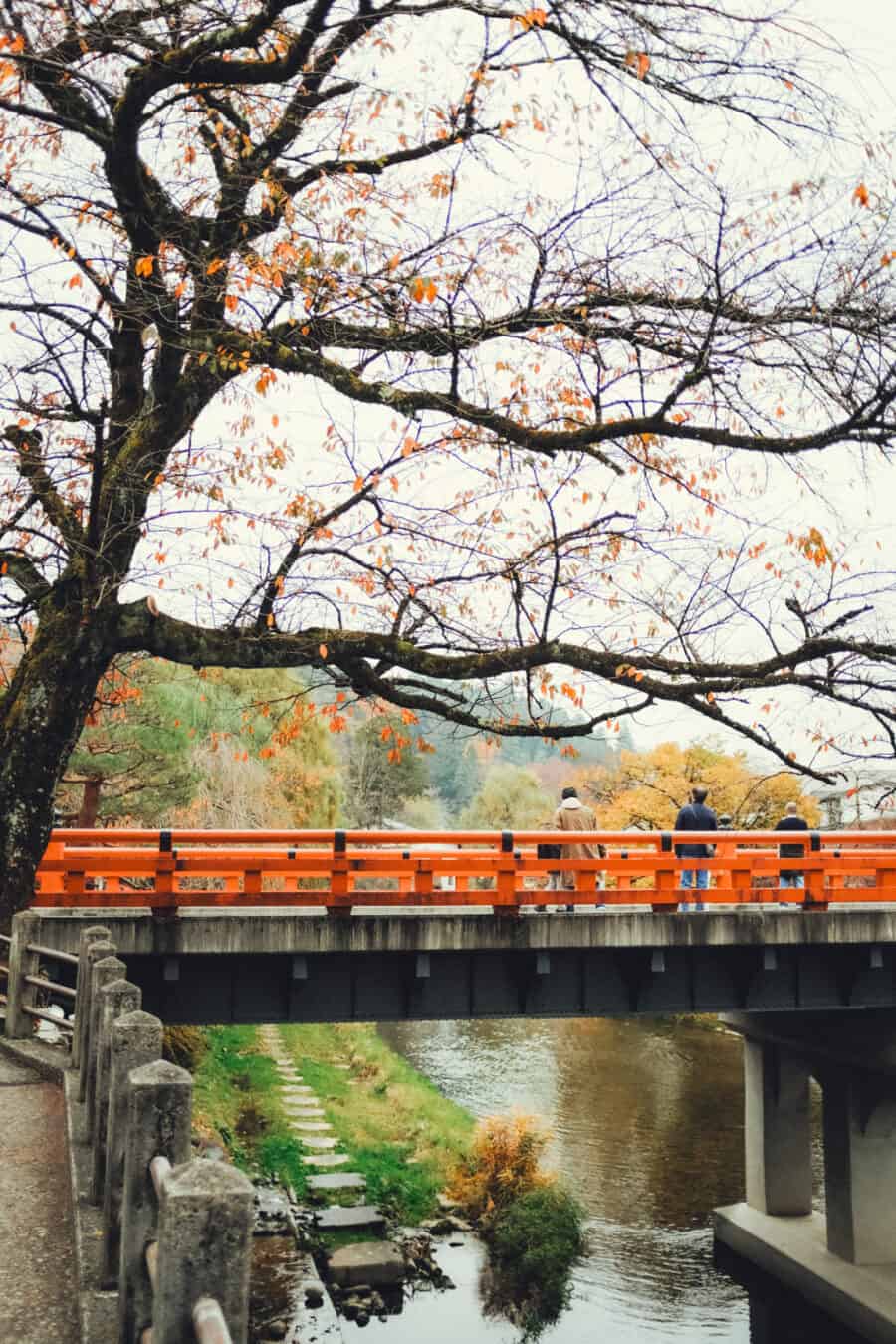
Takayama’s JR Station
serves as the main railway transportation hub providing access to the city and surrounding Gifu region.
- From Takayama Station it’s an easy 10-15 minute walk heading east to reach the atmospheric Sanmachi Historic District (old town takayama), the main preserved neighborhood comprising atmospheric Old Town.
Simply exit the station and walk straight for about 800m while following blue footpath signs denoting the pedestrian-friendly route towards prominent attractions.
You’ll soon enter the nostalgic streets lined with traditional structures housing cafes, galleries, shops, restaurants, sake breweries, and private dwellings.
TIP: If carrying luggage or prefer not walking, you can cover the 1.5km distance from the JR Station to the heart of Old Town by catching a 5-minute taxi ride or taking the small loop bus departing right from the train station’s front. Either transportation method costs around 200-300 yen one-way.
More Japan Articles
Traveling to Takayama Old Town from Tokyo
roughly 420km separating the capital from the mountain town.
Below are the fastest and most cost-effective routes for traveling between Tokyo and Old Town Takayama:
By Bullet Train from tokyo to takayama
- The speediest method involves first catching the Hokuriku or Tokaido Shinkansen bullet train from Tokyo to Nagoya (1.5 hours),
- transferring to the JR Takayama Main Line’s Wide View Hida limited express train for a scenic 2 hour ride directly into Takayama Station.
- the cost of shinkansen from Tokyo to Takayama is around 15,000 yen each way.

By Limited Express Train from Tokyo to Takayama
For a more budget conscious option skipping the quicker yet pricier bullet train in favor of regularly scheduled limited express trains, catch the
- JR Shinano or Hokuriku line to Toyama (2.5 hours)
- transfer to the JR Takayama line’s Wide View Hida for a final 1.5 hour journey to Takayama.
- This costs approximately 8,500 yen each way and takes four total hours, saving substantially over bullet trains.
Tokyo to Takayama by Night Bus
Finally, overnight highway buses traveling after dusk provide the cheapest yet lengthiest means for reaching the Gifu mountains, taking 8-10 hours while requiring early morning and late night stamina.
Still, paying only around 5,000 yen makes buses an attractive option allowing more Old Town destination funds! Most drop off at Takayama Station located a quick walk from temple-streets comprising atmospheric Old Town.
takayama old town parking- Parking in Takayama’s Old Town
While Takayama’s historic Sanmachi district proves easily walkable given its compact size, having your own transport allows effortless access to more far-flung sights dotting the surrounding Hida Mountains region.
Conveniently, two efficient parking choices exist near the preserved nostalgic neighborhoods comprising atmospheric Old Town:
- Public Parking Lots in Takayama are reasonably priced covered public lots provide parking spots paying 400 yen for the first two hours, 600 yen up to six hours, then 800 yen daily maximum. Two recommended facilities are the Takayama Station Parking Area and Takayama Folk Village Lot.
- Hotel Accommodations Many lodging options around the Hida Kokubunji area 1km south of Old Town offer free parking for guests. Check ahead of time for availability at places like Spa Hotel Alpina Hida Takayama.
While street parking spaces within the main historic districts remain in short supply, the public lots and hotel options just minutes away by foot, bike, or bus provide hassle-free Old Town access while keeping your vehicle secure as you journey into the past
Takayama Old Town Opening Hours
While Takayama’s historic districts always remain open for casual exploration, most museums, shops, restaurants, and sake breweries keep the following standard hours:
- Museums & Historic Homes – 9am to 5pm
- Restaurants & Cafes – 11am to 8:30pm
- Shops – 9 am or 10 am until 5 pm or 6 pm
- Sake Breweries – 10am to 5pm
However, some larger restaurants or izakaya taverns may remain open serving food and drinks until 10pm or later. Smaller family-run shops sometimes close arbitrarily in the mid-afternoons too.
One major exception is the famous morning markets Miyagawa and Jinya-mae, which operate early from 6:30am to around noon.
TIP: Arrive before 8am to witness vendors setting up while getting first pick of regional produce and handicrafts.
While most places adhere to normal business hours during weekends too, some smaller establishments randomly schedule irregular closures so have backup options just in case. Despite potential sporadic unpredictability common when travelling in rural Japan, you’ll still find plenty of cultural attractions and dining opportunities open throughout Takayama’s Old Town regardless of when visiting
old town takayama things to do
Takayama’s Sanmachi Historic District instantly transports visitors hundreds of years back in time with its impeccably maintained traditional merchant townscapes.
Along narrow lanes paved with weathered stone, generations-old structures now house charming cafes, craft studios, intimate museums, sake breweries, guest houses, and private residences.
Spend hours blissfully wandering while appreciably inhaling the rare historic aesthetic permeating preserved urban streets capsuled in antiquity. Here are top highlights:

Kusakabe Folk House in takayama town
This immaculately restored 300-year-old thatched roof home offers intimate glimpses into the lifestyle of a prosperous 19th century merchant family through displayed heirlooms.
Sakurayama Hachimangu Shrine in takayama old village (Sakurayama Hachiman Shrine )
This small yet striking vermillion shrine originated over 1200 years ago, dedicated to the god of warriors.
Sakurayama Hachiman provides a serene respite from sightseeing, set upon an elevated hillside overlooking the city and the autumn colors when fall foliage peaks.
You can purchase good luck charms or amulet to take home at the communal hall. It’s located a 15-minute walk north of Takayama’s old town districts.
Sake Breweries in takayama sanmachi district
Several family-run breweries offer informative tours (Book a sake tour now) explaining traditional production processes before sampling flights showcasing signature labels crafted specifically to pair with Hida region cuisine.
Aside from added electricity lines, the streets around Sanmachi look remarkably similar to how they appeared centuries ago. Meandering narrow lanes while appreciating preserved architecture truly transports one back in time.
Savor Local Legacy Through Hida Cuisine
What better way to soak up traditional ambiance than indulging in Takayama’s renowned regional specialties?
Hida Beef cuisine spotlights high-quality ingredients sourced from the surrounding mountains, rivers, and farms.
Spending an afternoon tasting authentic dishes provides fascinating insight into food culture connecting generation upon generation over centuries.
Best Bites in Takayama Old Town
Hoba Miso – Miyagawa River trout fillet roasted upon a magnolia leaf then doused in sweet miso paste
Hida Beef – Exquisitely marbled wagyu beef raised through ancestral methods cooked shabu-shabu hot pot style
Soba – Incredibly smooth buckwheat noodles handmade locally and then served alongside condensed dipping broth
Related: Best street food in Takayama travel Guide
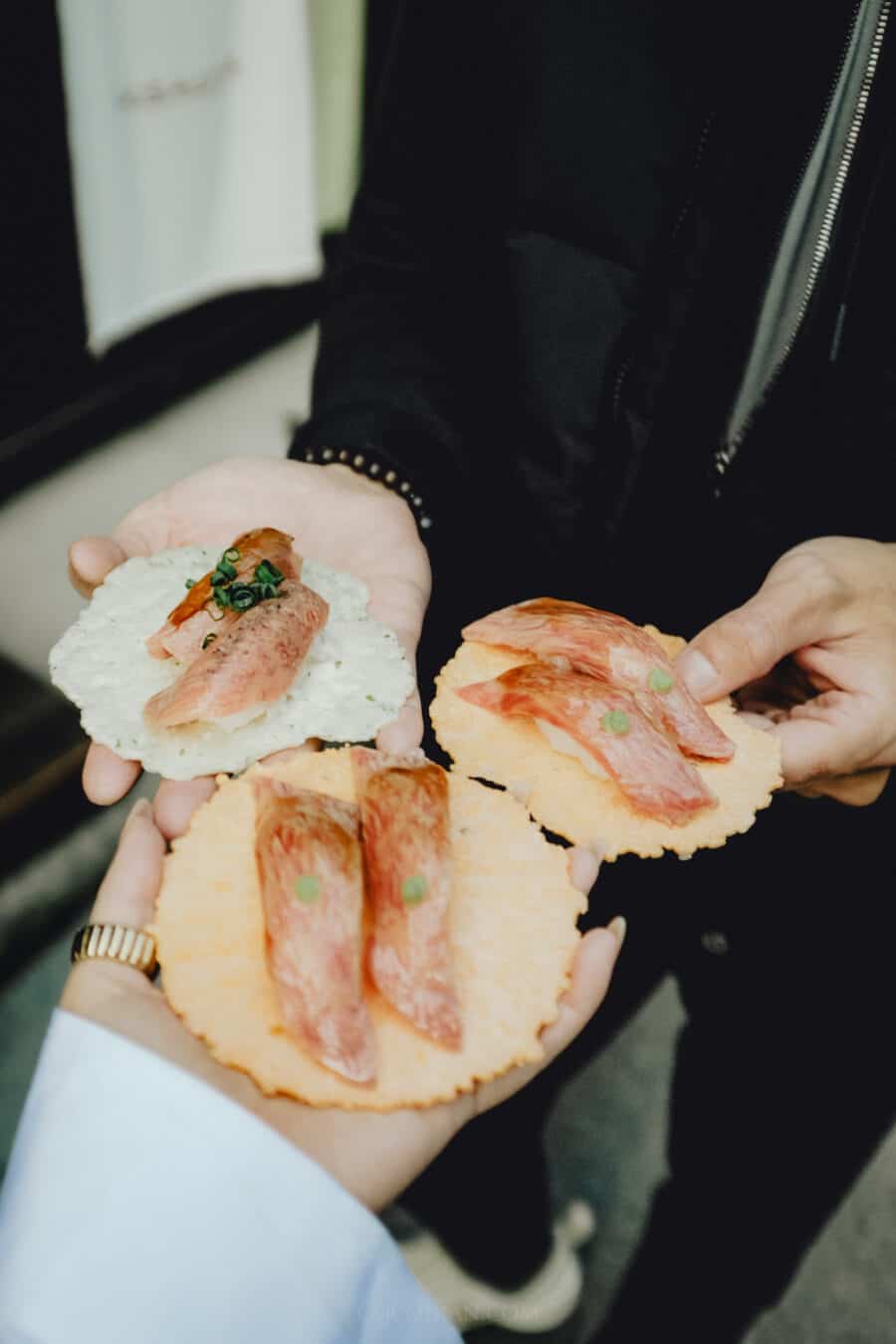
For a thoroughly engaging meal in atmospheric surroundings, visit Heianraku Restaurant located towards the south end of the Sanmachi Historic District.
Their impeccable Japanese-style Chinese fare and vast selection of superb sakes perfectly complement the interior’s preserved antiquity.
Street Food in Takayama’s Old Town- old town takayama food
Related: Takayama must eat restaurants & Takayama Street Food Guide
As you explore Takayama’s atmospheric old town, don’t miss the opportunity to sample popular street food specialties sold at small shops and food stalls. Better yet, book this Takayama Old Town knowledge guide that will take you to all the most popular spots.
Some local favorites to try include:
- Mitarashi dango – Skewered rice dumplings glazed with a sweet soy sauce
- Hida Beef Nigiri – Hida beef sashimi on top of a rice cracker
- Hida beef skewers – Tender, marbled beef grilled right on the streets
- Sakura mochi – Soft mochi rice cakes filled with red bean paste
I stopped at the famous dango shop Sangawaya near Takayama Jinya. Their mitarashi dango had the perfect balance of savory and sweet. The street food adds to the nostalgic old town experience.
Kamiichinomachi Samurai District in Takayama Old Town
Just a 5-minute walk northeast of Sanmachi district lies Kamiichinomachi, one of Takayama’s preserved samurai quarters.
Here you can find old residences of those who served under the local feudal lords during the Edo Period.
The Yoshijima Residence is open to the public as a museum – be sure to admire its architectural details like lacquered floors, carved transoms, and rice paper screens that provide a window into samurai lifestyle.

Takayama Autumn Matsuri
Takayama’s Grand Autumn Festival, or Hachiman Matsuri, occurs annually in mid-October. This spectacular weekend celebration includes a vibrant procession of enormous floats bearing elaborate carvings, decorations, and mechanical marionettes.
Accompanying the floats are costumed dancers, musicians, chanting, and dazzling lantern light displays as everything parades through Old Town’s streets.
Reserve accommodations well in advance and arrive early to admire the masterful designs before massive crowds gather!
Relax and book a stay at a Local Onsen Ryokan
After sightseeing, relax your muscles by soaking in mineral-rich hot spring baths and booking overnight stays at one of Takayama’s traditional ryokan inns.
Related: Top 6 Takayama Ryokans with private onsen to Book
Many feature large public indoor and outdoor bathing areas with steaming water sourced from nearby Mount Norikura’s volcanic springs.
Guest rooms center around tranquil courtyard gardens and multi-course dinners highlight seasonal ingredients.
I recommend booking Mozumo Ryokan (This is where I stayed and it was the highlight of my 3 Week Japan Trip) nearby at Hiriyu Onsen l located just 50 minutes from JR Takayama Station. Their onsen baths include Hida Hinoki wooden tubs and they offer convenient luggage delivery from the train station
Related: Takayama Ryokans with Onsen
Immerse Yourself in Age-Old Sake Culture
Takayama claims over 300 years of formal sake brewing pedigree, with the mountainous climate, pure water, and bountiful local rice proving ideal for producing Japan’s signature refined drink. Before leaving, join a centuries-long legacy by:
Book this Takayama Sake Tour – takayama Sake Brewery tour
- Many breweries open facilities explaining intricate production processes honed through generations of meticulous craftsmanship and custom equipment design.
- go on a sake Tasting tour – Try individual samples or diverse flights showcasing various labels spanning from full-bodied to delicately fruity. Book this best Sake Tour Now.
- Purchase Takayama sake – Select a bottle brewed on-site through time-tested traditions as the ultimate edible souvenir.

The manager recommended sampling at Harada Sake Brewery near Sanmachi Historic District’s northern end.
Their light and mildly sweet signature daiginjo-shu earn consistent accolades for smoothness by balancing Hida mountain stream water with locally sourced Miyama Nishiki rice.
Support Tradition by Shopping Handicraft Markets in takayama old street
While seeking artisanal souvenirs, experience interactive immersion by perusing one of Takayama’s lively open-air morning handicraft markets. Skilled craftspeople congregate in these lively streetside bazaars selling regional masterpieces just as has transpired for generations.
Miyagawa Morning Market
Streamside setup with mostly Hida cuisine plus some crafts Jinya-mae Morning Market – Shrine-based site with more clothing and artisan goods
I instantly adored Miyagawa Market’s festive village-like atmosphere. My wonderful finds included juniper berry and pine incense, ornate hairpieces, flavorful Hida beef jerky, beautiful mini woodcarvings, and cookies packed with regional ingredients. Arrive early around 7am for best selection before vendors sell out.
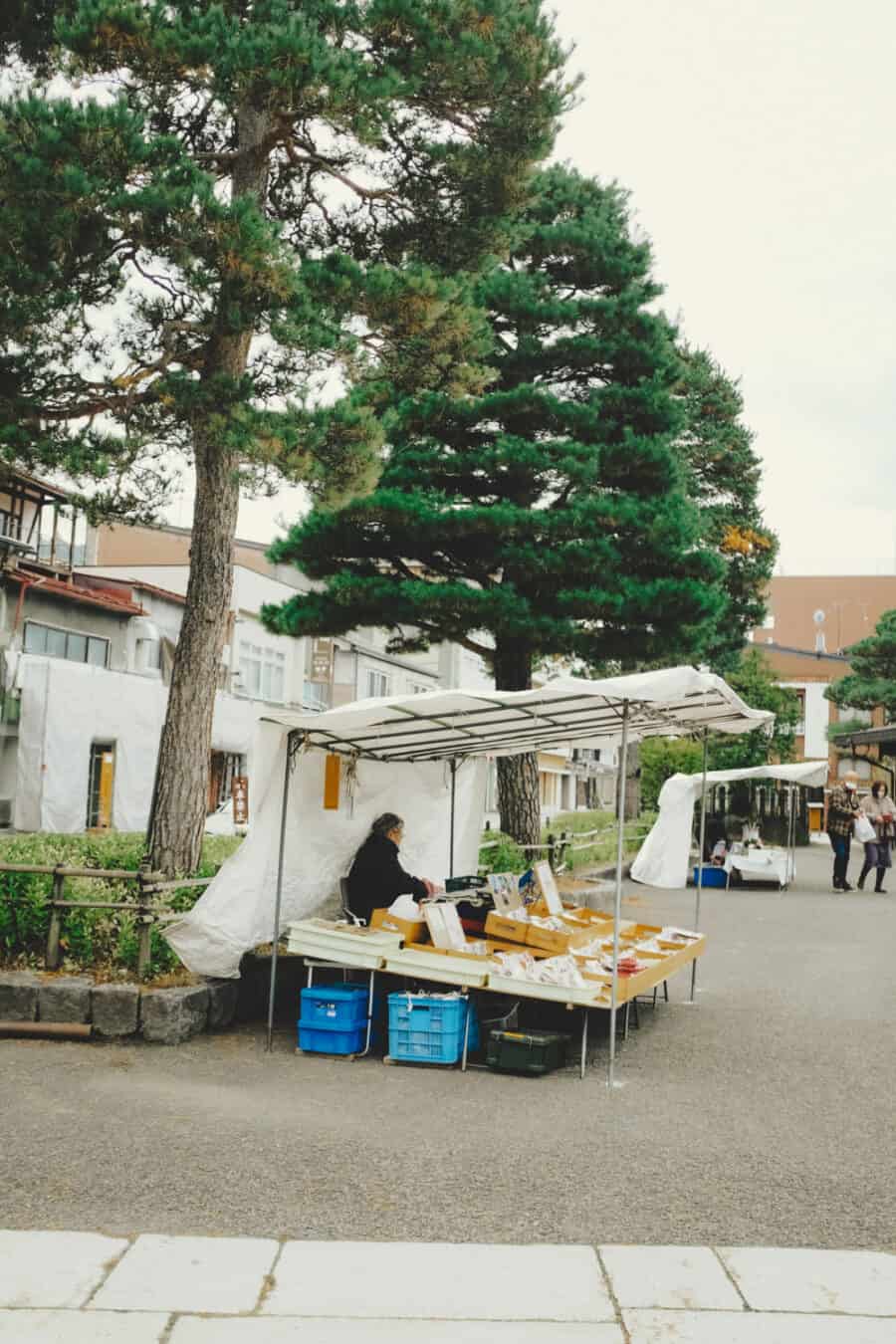
Takayama’s Festivals
Takayama draws admiring spectators from across Japan to experience its spectacular biannual matsuri showcasing remarkable artistry honoring community history and heritage.
Dozens of vibrant towering floats bearing elaborate carvings, paintings, textiles, and mechanical marionettes parade through Old Town accompanied by enthusiastic dancing and music.
Top Tips for visiting takayama during festivals:
- If visiting mid-April or mid-October, book accommodations early since rooms fill fast for popular weekend events
- Allow ample time to browse the intricate details adorning mammoth floats during evening lantern parades
Can’t attend a festival? Stand in awe year-round of regional craftsmanship’s pinnacle by:
Yatai Kaikan – Well curated rotating exhibit of four actual retired floats in a spacious museum
Matsuri no Mori – Massive museum with fullsized float replicas and riveting puppet demonstrations
I was completely awestruck observing the sheer artistry of floats at Yatai Kaikan, including printed silk tapestries and mechanically swiveling doll eyes! Takayama’s skilled craftspeople clearly devote unbelievable effort into these incredible masterpieces.
day Trip from takayama – go Back Even Further Through Japanese History
For an even more immersive adventure into antiquity, take a quick day trip over to the fascinating Shirakawa Village, a remote Japanese cultural UNESCO World Heritage Site nestled high in the mountains nearby.
Book this guided tour to Shirakawa for a comfortable and convenient experience.
Majestically sloped gassho-zukuri farmhouses amid this isolated settlement provide poetic transport back to unhurried bygone eras spanning many centuries.
Top Attractions in takayama:
- Open Air Museum – Several fascinatingly rustic former residences to enter
- Ogimachi District – Hundreds of historic houses comprising the main preserved village
- Observation Decks – Survey the dramatic architectural landscape from specially designed elevated platforms
I genuinely felt I’d stumbled into an anthropology textbook while roaming Ogimachi Village! Overnighting at an authentically converted farmhouse also further amplified cultural immersion through traditional multi-course dinners and breakfasts featuring seasonal vegetables and mountain river fish.
Explore More Regional History Through Cultural Sites in Takayama town
If able to spend longer appreciating the area, Takayama makes an ideal basecamp for accessing additional isolated spots seemingly forgotten by modernity spread throughout the encircling Hida Mountains. Embark on further enriching escapades into yesteryear by visiting:
Hida Folk Village – Relocated antique structures including rotund grain silos and dramatically sloped rafter houses dot this sprawling forested museum complex
Tip: Take a tour to visit Hida Folk Village
Hida Takayama Museum – Interconnected buildings exhibit exquisite religious artifacts, weaponry, and artifacts used daily within the region through its long mercantile history
Shinya Mahoroba – Carefully conserved rural town with castle ruins, shrine, and craft workshop glimpsing into delicate traditional existences led by isolated villagers
Disconnect from the 21st century for a spell while tracing Japanese culture’s profound progression by exploring these lovingly maintained windows into antiquity!

Return to Simpler Times in Takayama’s Old Town
From flavorful cuisine keeping cooking traditions alive to ubiquitous antiques encapsulating the tucked-away small-town spirit permeating throughout, Takayama’s walkable Old Town seems to gradually steer visitors back through modern eras into previous centuries. Spend memorable days or weeks soaking up nostalgic sights and scenes guaranteed to leave you longing for simpler times!
I hope this article has inspired you to plan your own visit to immerse amid Old Town Takayama’s rich cultural offerings! Let me know if you have any other questions about fully embracing this magical town’s historic charms.
FAQ
What time do shops open in Takayama Old Town?
The majority of shops, cafes, and attractions in Takayama’s Old Town open daily between 9am to 10am and close around 5 pm. Some larger stores or restaurants may operate extended hours such as until 6pm or later.
However, some smaller family-run businesses do arbitrarily take early afternoon closures. Despite the potential irregular schedules, visitors can still expect to find plenty of bustling shops and eateries open throughout the day for browsing and tasting regional specialties.
Is Takayama worth going to?
Definitely! Takayama offers the incredibly rare opportunity to step into wonderfully preserved ancient urban scenery stunningly encapsulated in antiquity.
Wandering the traditional merchant townscapes while appreciating generations-old architecture makes for an almost ethereal cultural experience found in few other places worldwide.
Beyond the atmospheric historic districts, Takayama also serves as the gateway for accessing remote mountainside towns and villages where alluring isolated existences stretch back through centuries seemingly forgotten by modernity.
Can you do a day trip from Kanazawa to Takayama?
While rushed, it is possible to visit Takayama’s Old Town highlights in the span of a very full day trip from Kanazawa.
Catch the early limited express Thunderbird train departing Kanazawa Station at 6:45am, arriving into Takayama just after 8am.
Spend the entire day immersing amid atmospheric temples, markets, museums, and regional cuisine before returning to Kanazawa on the 8:17pm express train back, maximizing sightseeing time. Still, an overnight stay allows a slower appreciation of Takayama’s cultural richness.
What does the name Takayama mean in Japanese?
Takayama translated literally into English means “tall mountain.” This proves rather fitting for the lovely city nestled amidst Japan’s grand Hida Mountain range within Gifu Prefecture.
Surrounded by the towering Japan Alps, Takayama provides a scenic highland gateway for accessing quaint mountain villages and dramatic natural landscapes dotted throughout the regional topography.
The charming preserved old neighborhoods comprising Edo-reminiscent “Old Town” Takayama must have surely appeared as a relatively tall mountain of structures amid mere small settlements peppering the countryside when first established well over 300 years ago
What is the famous street in Takayama?
The most famous street in Takayama’s atmospheric Old Town is Sanmachi Historic District.
This wonderfully preserved merchant neighborhood stretches across three parallel streets lined with charming cafes, tiny museums, sake breweries, and craft shops housed inside generations-old structures that date back over 300 years to the isolated mountain town’s Edo Period heyday as a prosperous hub for regional trades. Tranquilly meandering while appreciating the rare historic streetscapes today feels like wandering through a living museum!
What time does the old town shop open in Takayama?
Most shops throughout Takayama’s historic old town districts operate daily from around 9 or 10 am until closing between 5 to 6 pm. Some larger stores or restaurants do remain open later into the evenings.
However, small family-run businesses sometimes arbitrarily take early afternoon breaks too. Despite the occasional unpredictability, visitors will still find plenty of bustling shops and cafes open serving customers during regular daytime hours.
Is it worth going to Takayama?
Absolutely! Beyond Takayama’s famously scenic streetscapes, the charming mountain city also makes an ideal basecamp for accessing remote cultural villages, soaking in secluded onsen hot springs, touring sake breweries, and exploring the grand natural landscapes provided by the surrounding Japan Alps panoramic mountain ranges. The destination offers rare authentic experiences found disappearing elsewhere amid modernization.
How long do you need in Takayama?
Ideally spend at least two full days immersed amid Old Town Takayama’s wonderful preserved architecture, lively markets, and delicious cuisine. This allows properly unhurried appreciation of cultural sightseeing. Extra days then open possibilities for retreating deeper into antiquity by visiting the remote gassho-style farmhouses of Shirakawago Village or surveying folk history at Hida no Sato. Adding further time also means easier spontaneity to follow whims discovering country delights dotting the abundant scenic Hida Mountains region.
What is the most famous street?
Without doubt, Takayama’s most famed thoroughfare remains the wonderfully nostalgic Sanmachi Historic District comprising the atmospheric heart of Old Town. Throughout the day, Sanmachi fills with visitors from across Japan and worldwide wandering between the cafes, temples, museums, galleries, studios, and shops housed inside exquisitely maintained Edo-era structures. Exploring while admiring the rare antiquity is akin to time travel!
Is Takayama a small city?
Yes, Takayama city only covers roughly 420 square kilometers with a total population around 92,000. However, the charming mountain town still offers amazing diversity through historically and culturally rich preserved neighborhoods, remote rural villages, isolated ancient dwellings, and vast mountain wilderness with gushing waterfalls and volcanic hot springs. Small yet mighty, Takayama’s numerous attractions draw crowds transforming the normally peaceful streets into lively atmospheres during peak visiting seasons



